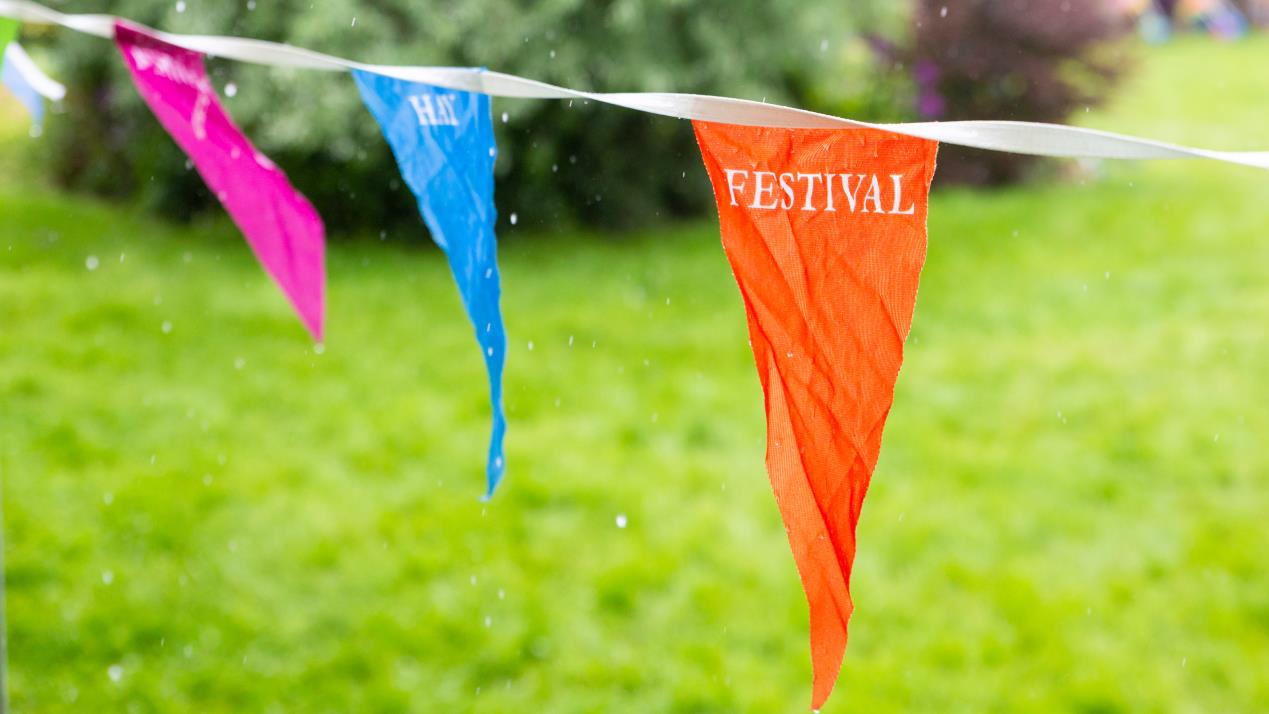
Media organisations and human rights groups have become so concerned about being duped by fake news – the kind of staged videos, photographs and stories that come out of Syria, for example – that they are developing sophisticated countermeasures to protect themselves. Sadly, people in conflict zones often do not know understand this, meaning true stories are being rejected alongside false ones.
A key requirement, for example, is that videos include a view of the surrounding landscape, so the purported location of the event being filmed. However, if you don’t know you need to do this, your film – no matter how important – may be rejected.
“It feels like we have made walled gardens of truth on the internet, which are perhaps a bit like the Hay Festival. You can trust us in here, but out there? Who knows?” said Ella McPherson, co-director of Cambridge University’s Centre for Governance and Human Rights. “In protecting themselves, and the work they do on behalf of witnesses, they may be inadvertently working against those witnesses.”
Sadly, this problem will only get more serious, as accusations of “fake news” get thrown about more freely. This cynical tactic has spread from authoritarian states to the Donald Trump White House, and thence all over the world. Rachael Jolley, editor of Index on Censorship, was particularly worried about the prospect of politicians legislating against what they call fake news.
“We at Index are very concerned at the way the idea of ‘fake news’ is being used to close down critical journalists,” she said.
If you missed this, you might like to come to The Real McMafia at 8.30pm this evening.